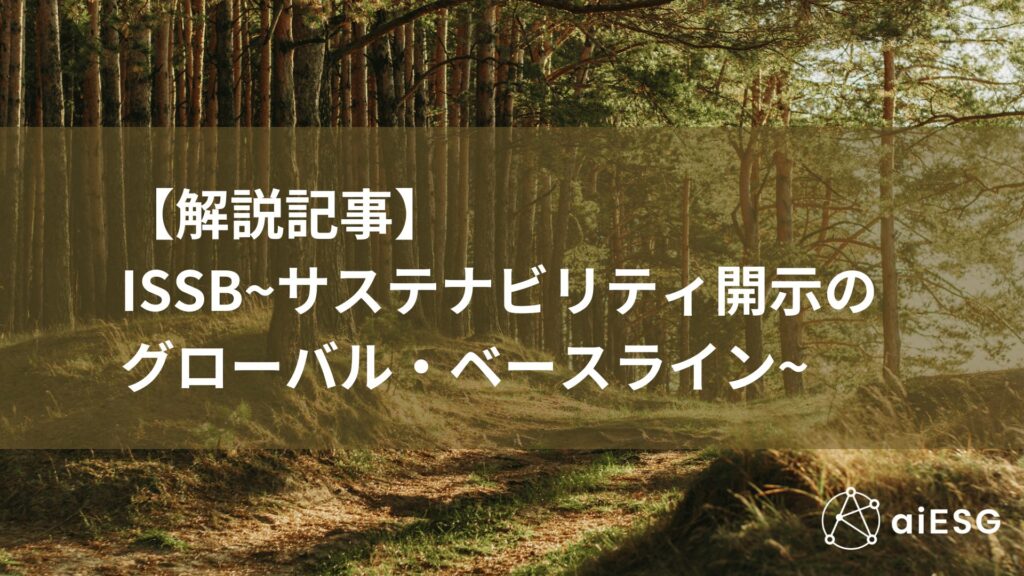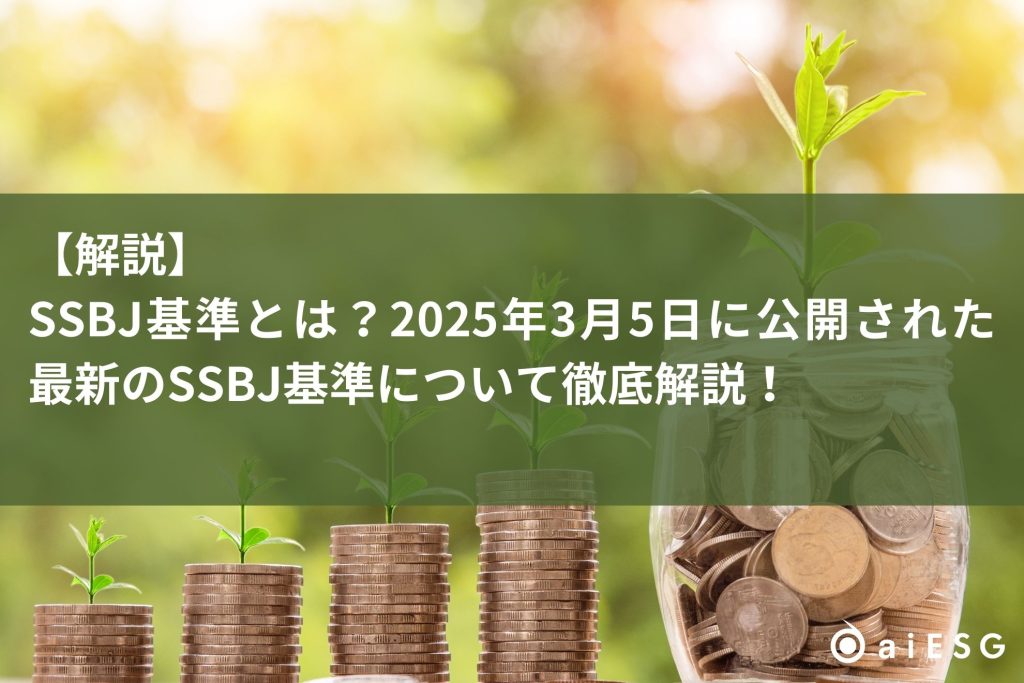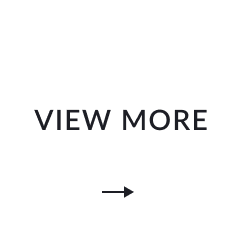INDEX
In recent years, investors in international capital markets have been seeking information that will enable them to evaluate corporate value.
ISSB was created to meet this demand.
In this article, we would like to tell you exactly what ISSB is.
What is ISSB?
The International Sustainability Standards Board (ISSB) is an organization that sets standards and frameworks for sustainability disclosure.
The ISSB was established as a sub-organization of the IFRS Foundation.
The IFRS Foundation is a non-profit organization dedicated to developing international accounting standards.
The International Accounting Standards Board (IASB), a subordinate organization of the IFRS Foundation, originally existed to formulate the "International Financial Reporting Standards (IFRS)".
The ISSB was established in parallel with the IASB.
The ISSB has published the IFRS Sustainability Disclosure Standard, which is designed to meet the information needs of investors when assessing corporate value.
Although each organization operates independently, the combination of financial information by the IASB and non-financial information by the ISSB will enable the provision of information that better meets the needs of investors and others.
Figure 1: Organization of the IFRS Foundation
(Source: SSBJ, "Domestic and International Initiatives Regarding Sustainability Disclosure Standards")
Background of ISSB Establishment
There have been several organizations that have set standards for sustainability disclosure.
Key setting entities include the following organizations
IIRC (International Integrated Reporting Council)
SASB (Sustainability Accounting Standards Board)
GRI (Global Reporting Initiative)
Climate Change Disclosure Standards Board (CDSB)
TCFD (Task Force on Climate-related Financial Disclosures)
*In June 2021, IIRC and SASB merged to form VRF (Value Reporting Foundation).
However, as each setting entity developed standards based on the needs of its own primary users, consistency and comparability of disclosures could not be ensured.
Figure 2: International Sustainability Disclosure Standards
(Source: Ministry of Economy, Trade and Industry, "Toward a Virtuous Circle of Sustainability-related Information Disclosure and Corporate Value Creation")
Such a situation could cause turmoil in the international capital markets.
To solve this issue, standardization of ESG (Environmental, Social, and Governance) information and reporting requirements are required.
Therefore, the establishment of ISSB was established and CDSB and VRF were merged.
Other major sustainability standard setters have also pledged to work with the ISSB, resulting in a unified set of sustainability standards.
Composition of ISSB
The IFRS Sustainability Disclosure Standard is divided into two sections: IFRS S1, General Requirements for Disclosure of Sustainability-Related Financial Information, and IFRS S2, Climate-Related Disclosures.
Figure 3: Relationship between IFRS S1 and S2
(Source: SSBJ, "Domestic and International Initiatives Regarding Sustainability Disclosure Standards")
IFRS S1, General Requirements for Disclosure of Sustainability-Related Financial Information.
The objective of IFRS S1 is to require companies to disclose information that is material regarding all significant sustainability-related risks and opportunities.
IFRS S1 is a common presentation standard for IFRS sustainability disclosure standards developed by the ISSB.
It consists of a section that defines the basic matters to be disclosed when preparing sustainability-related disclosures and a section that defines the matters to be disclosed regarding sustainability-related risks and opportunities in the absence of thematic standards (core content).
IFRS S2, Climate-related Disclosures.
The objective of IFRS S2 is to require companies to disclose information that has materiality regarding significant climate-related risks and opportunities that is useful in assessing enterprise value.
IFRS S2 is a disclosure requirement set out in terms of the four elements of the TCFD recommendations: governance, strategy, risk management, and indicators and targets.
Industry-specific requirements have also been published, where disclosure requirements are set by industry (11 sectors and 68 industries) based on the SASB (Sustainability Accounting Standards Board).
| sector | Industry Examples |
| consumer goods | Clothing, ornaments and footwear, household appliances |
| Mining and mineral processing | Coal business, construction materials |
| financing | Asset management and administration services, commercial banking |
| Food and beverages | Agricultural products, alcoholic beverages |
| medical care | Pharmaceutical retailing and healthcare provision |
| infrastructure | Electric utility and power generation companies, residential construction industry |
| Renewable resources and alternative energy | Biofuels, forest management |
| resource processing | Aerospace & Defense, Chemical Products |
| Service | Casinos and gaming and leisure facilities |
| Technology and Communications | Hardware, Semiconductor |
| transport | Air cargo and logistics, airlines |
Table 1: Composition of 11 sectors and 68 industries
Process required for ISSB disclosure
The premise is that the information disclosed by a company should influence investors' decisions.
Here is the process for creating such a disclosure.
The first step is to identify risks and opportunities.
Companies identify various sustainability-related risks and opportunities that could reasonably be expected to affect the company's prospects.
The next step is to identify the disclosed information.
Specific disclosures are prepared from the identified risks and opportunities.
In these two steps, the IFRS Sustainability Disclosure Standard is applied.
Finally, we make a determination of importance.
Disclosure information prepared is omitted that is not considered to have an impact on investors' decision-making.
The above process produces disclosures that are useful to investors.
Figure 4: Process of Identifying Information of Importance
(Source: SSBJ, "Overview of IFRS S1 and IFRS S2")
Conclusion
The IFRS Sustainability Disclosure Standard issued by the ISSB allows investors to obtain information on risks and opportunities related to corporate sustainability.
It is expected that the quality of ESG investments will improve as sufficient information reaches investors.
Going forward, the IFRS Sustainability Disclosure Standard is expected to become the comprehensive global baseline for sustainability disclosures.
aiESG can provide support from basic ISSB information to actual disclosure of non-financial information, so please contact us if you have any questions about ISSB compliance.
Contact us:
https://aiesg.co.jp/contact/
References
IFRS:IFRS Sustainability Standards Navigator
Sustainability Standards Committee:Outline of ISSB Standards, Exposure Drafts, etc.
Ministry of Economy, Trade and Industry:Interim Report of the Study Group on Disclosure Guidelines for Non-Financial Information
Related page
Report List : Regulations/Standards
https://aiesg.co.jp/topics/report/tag/基準-規制/
What is the SASB Standard for ESG Information Disclosure? (Part 1)Outline of SASB
https://aiesg.co.jp/topics/report/2301025_sasb1/
Explanation] What is TNFD? A new bridge between finance and the natural environment
https://aiesg.co.jp/topics/report/230913_tnfdreport/
CSRD: The EU Sustainability Reporting Standard Just Before It Enters into Force: The Impact on Japanese Companies
https://aiesg.co.jp/topics/report/2301120_csrd/
















